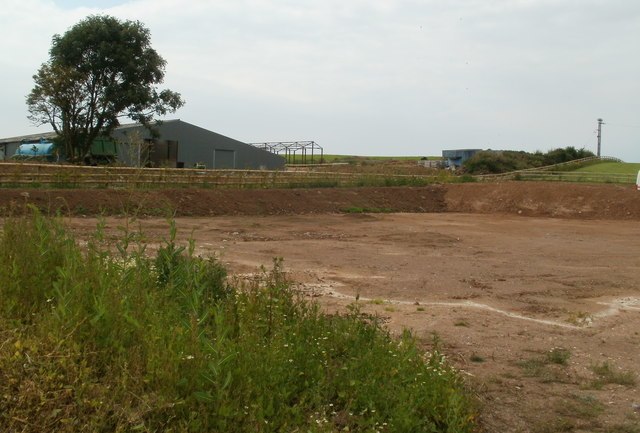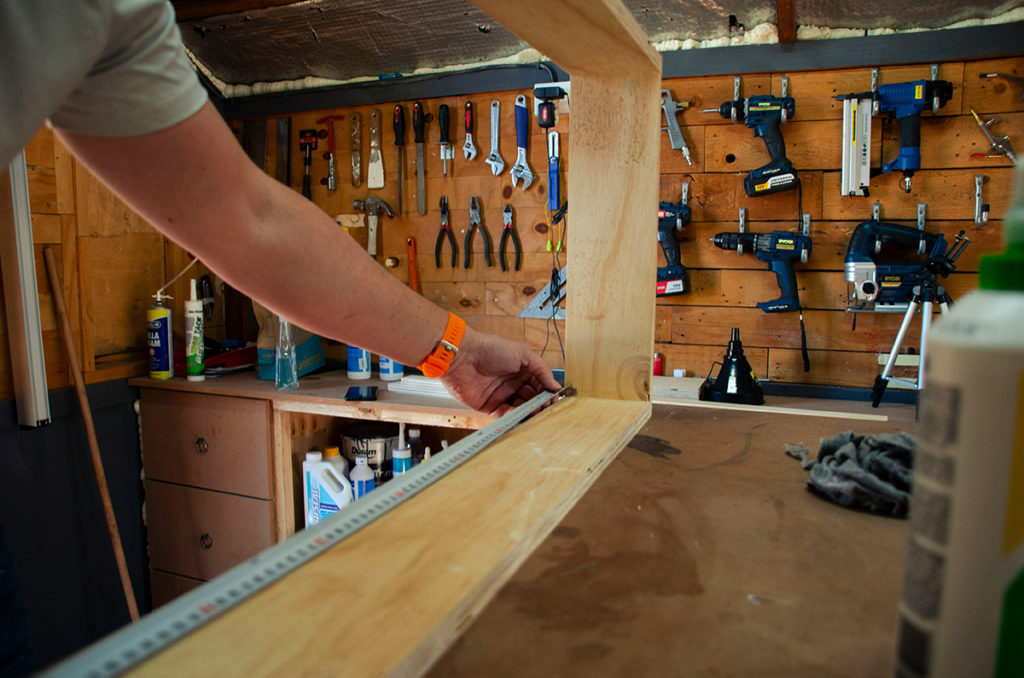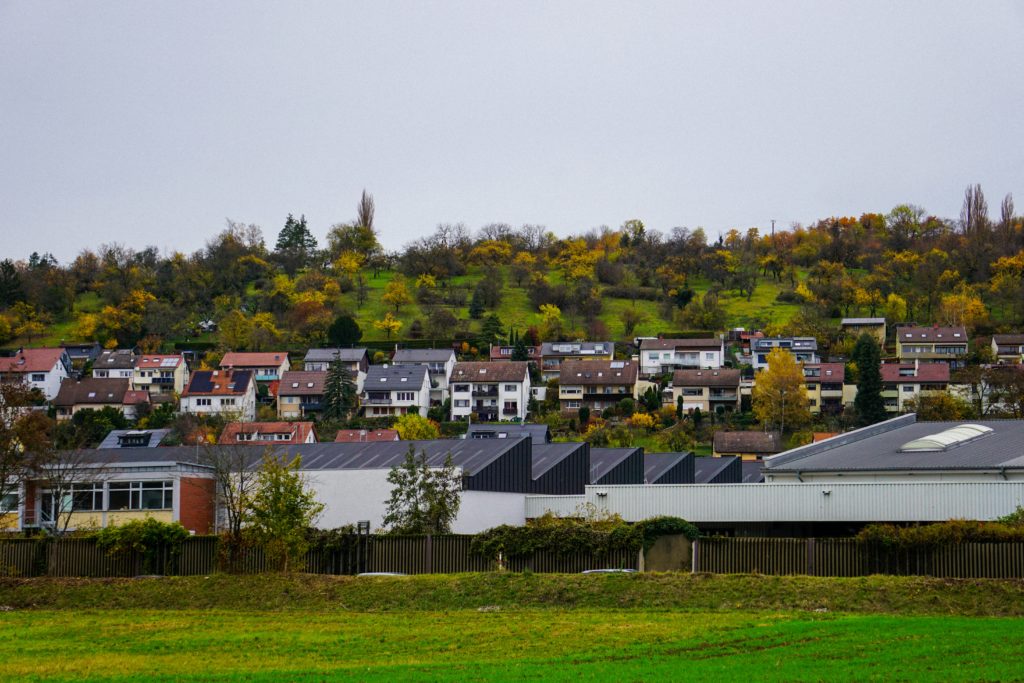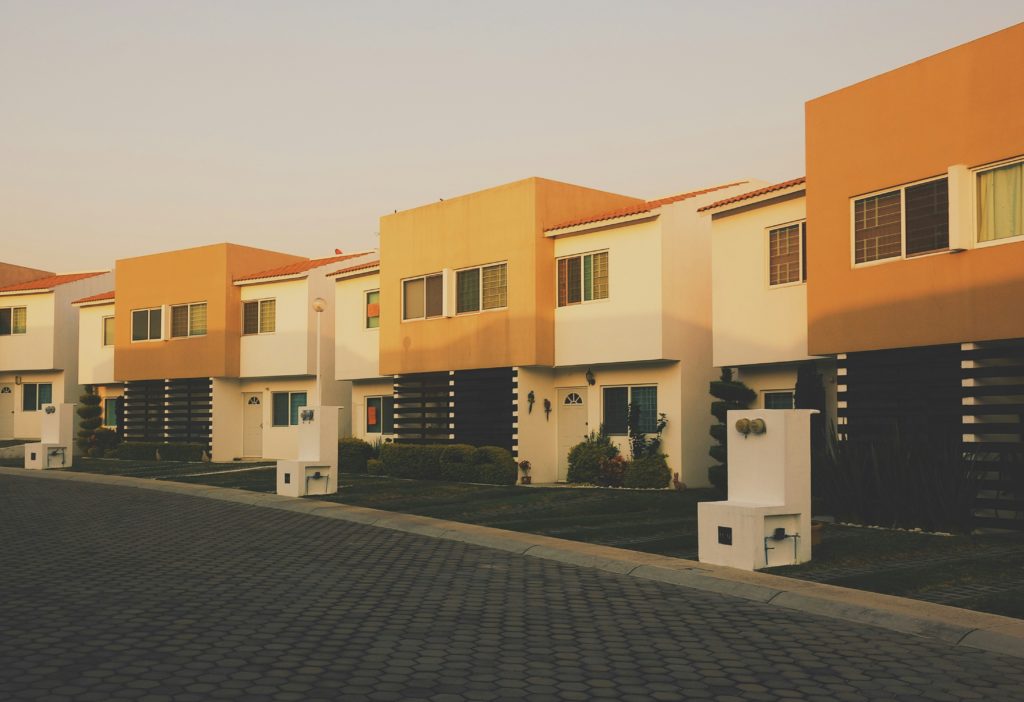Michael Gove has come under criticism for putting pressure on London and 19 other major cities to build more homes on brownfield land.
The building industry has claimed the housing and levelling up secretary’s latest consultation is a political move to avoid pressure to build on the greenbelt.
National Federation of Builders, NFB, chief executive Richard Beresford said: “There isn’t enough brownfield land to get close to solving the housing crisis.”
The Federation of Master Builders, FMB, added that the government needed to include more places than 20 cities.
FMB chief executive Brian Berry said: “There is a lack of affordable housing in the countryside, where small house builders once thrived.
“There is a wealth of brownfield sites outside of our major cities, but they are often overlooked in local plans, this must be addressed”.
The government is proposing brownfield presumptions for the 20 cities failing to meet their housing delivery targets and to give greater weight to brownfield land in planning policy.
Housing secretary Michael Gove said: “Our new brownfield presumption will tackle under delivery in our key towns and cities – where new homes are most needed to support jobs and drive growth.”
“This new approach will put rocket boosters under brownfield regeneration projects across the country and provide the new homes the country needs.”
The 19 other major cities where presumptions will apply: Birmingham, Bradford, Brighton and Hove, Bristol, Coventry, Derby, Kingston upon Hull, Leeds, Leicester, Liverpool, Manchester, Newcastle upon Tyne, Nottingham, Plymouth, Reading, Sheffield, Southampton, Stoke-on-Trent and Wolverhampton.
Brokers Hank Zarihs Associates said that development finance lenders supported efforts to make it easier for SME developers to build homes on brownfield sites.
Mayor of London defends the capital’s housebuilding record
London has come under scrutiny for failing to meet its target of 52,300 new homes a year clocking up a backlog of 60,000 four years into its ten-year plan. Only six out of the capital’s 32 boroughs have met their targets so London now must build 62,300 homes a year to catch up on the backlog.
The mayor Sadiq Khan accused the government’s review of its London plan as a ‘stunt’ to distract attention from the government’s failure to deliver on housing.
“Housing completions in the capital have hit the highest level since the 1930s. London is delivering twice the level of council housebuilding as the rest of the country combined,” said a press office spokesperson.
They added that 99.8 per cent of the capital’s housing delivery was on brownfield land and an additional 76,000 homes could have been built or accelerated with greater government investment.
FNB policy and market insight head Rico Wojtulewicz said: “Brownfield is land allocated for non-residential development, if you get rid of it for housing, where do you put the extra GP surgeries, jobs, shops, services etc to support even higher local populations? Well, you either build them on the greenbelt, outside of communities or not at all.”
The government is extending permitted development rights, so that shops, offices and commercial buildings of any size can be converted into new homes.
British Property Federation chief executive Melanie Leech said that extending permitted development rights would not be a ‘silver bullet’ for boosting housing.
“Only a small number of buildings are likely to be suitable for homes and it is paramount that there is effective ‘quality control’ in place to make sure that we do not end up with poor quality homes in our town centres.”
The consultation on the proposals will run until Tuesday, 26th of March when to the government will look to implement the changes to the national planning policy as soon as possible.












